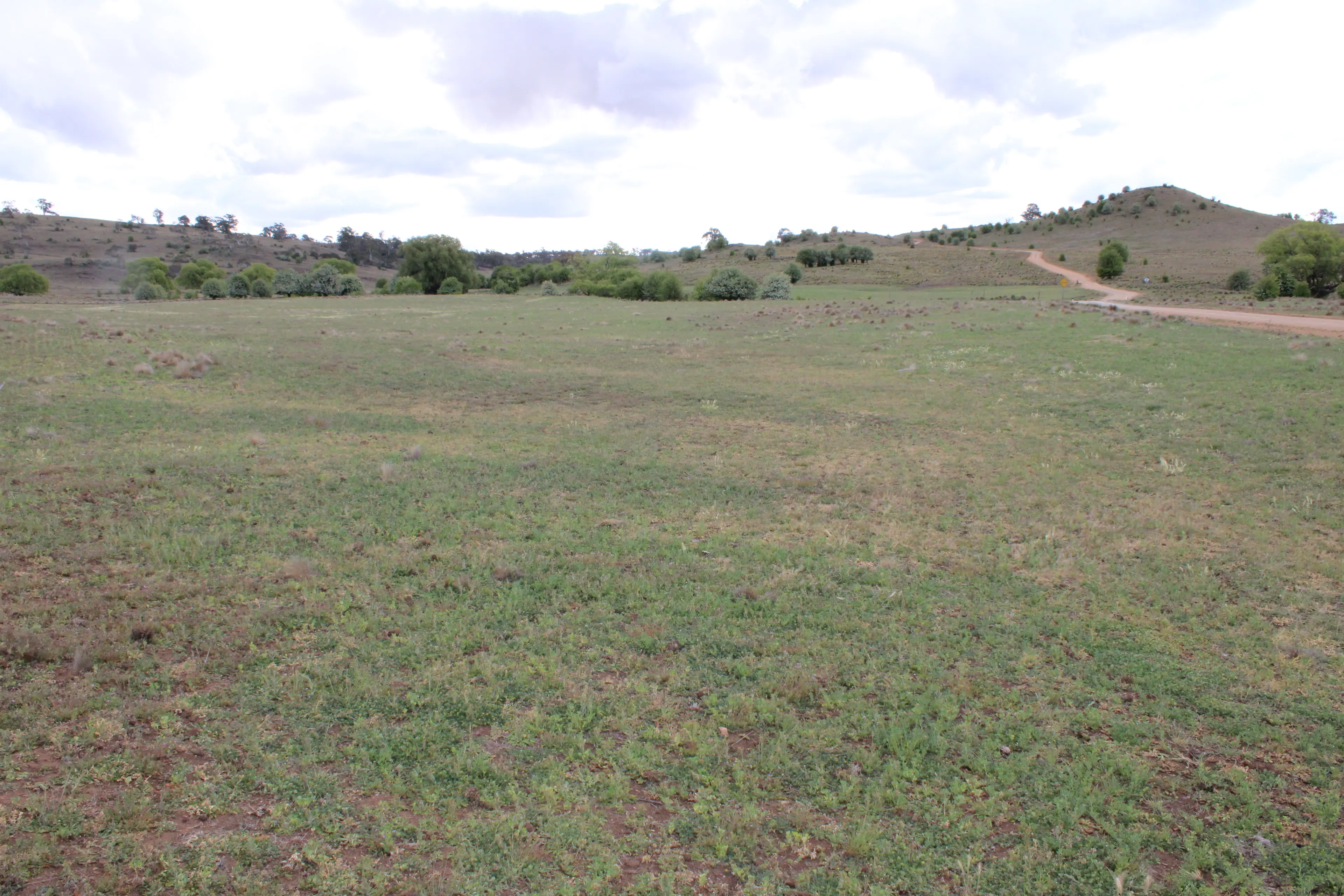PHOTO
By MELINDA CAIRNS HACK
The spot spraying of a property on Tom Groggin Road last year heavily infested with serrated tussock and with a considerable presence of African Lovegrass (ALG) has played a role in improving soil fertility, increasing production and providing a fire-safety buffer zone for both community and biodiversity.
Kybeyan landholder, Ant Waldren, who is one of many local landholders involved in a campaign to reduce ALG on the Monaro, observed when travelling along Tom Groggin Road last week the property, ‘Caringa’, has vastly improved after volunteers had spot sprayedALG in collaboration with Snowy Monaro Regional Council and South East Local Land Services in September last year.
Property owner, John Fish, also engaged the services of a helicopter to spray 100 hectares.
“We went for a total eradication in one part of the property, which has seemed to have worked really well,” Mr Fish said.
“We were inspired by the local community wanting to try and get on top of it so we thought we would help out.
“We had extremely good success eradicating serrated tussock from about 200 hectares of the farm.”
Hundreds of hectares which were heavily infested with serrated tussock, and had a large infestation of ALG, have been pasture improved with highly productive lucerne and oats.
“With the 11mm of rain recently, it’s freshened everything up. We got a really good strike with our lucerne and oats. The farm had been dormant for nine years before I bought it,” he said.
Importantly, Mr Waldren said the eradication of these weeds has also created an effective buffer zone to protect the community and threatened native flora and fauna species from fire.
“It is well worth people driving down Tom Groggin Road to see this example of how landholders can improve the arable areas of their properties that are infested with noxious weeds and increase production, while creating a fire safety buffer zone for themselves and their neighbours,” Mr Waldren said.
Mr Waldren said the interesting part of the pasture improvement process was the involvement of a nearby farmer, Jake Nowlan, who currently has a grazing lease on ‘Caringa’.
“Because of the high input costs to improve country, Mr Fish has given Mr Nowlan favourable terms to help buffer the input costs,” Mr Waldren said.
“The net result has been the lessee being able to get a financial return off the increased grazing capacity. Also, the landholder now has paddocks with higher soil fertility and productivity.
“What the lessee and property owner are doing at ‘Caringa’ from a fire perspective is providing our Nimmitabel community with a fire safety buffer zone from ALG.”
The Nimmitabel district is highly concerned at the spread of ALG each year getting closer to town. Mr Waldren said fire anxiety within the town is increasing each year as a result.
“Nimmitabel doesn’t want to wind up like Dalgety, which has ALG surrounding the town,” Mr Waldren said.
“Our Nimmitabel brigade has been called out to help Dalgety with bulk water at ALG fires increasingly over the last couple of years. The only thing saving Dalgety from larger out-of-control lovegrass fires are farmers who are cropping ALG infested paddocks.”
A recent example is the love grass fire at Dalgety on 9 October which spread quickly in non-windy conditions.
“141 hectares of land burnt at a rapid pace, only to be pulled up on the boundaries of two neighbours who had farmed crops and improved pastures. Also, one of our Springfield Road crew was quick enough to mop up the fire edge,” Mr Waldren said.
Mr Waldren is invested in the campaign not only because he is a farmer, but because he is a concerned RFS volunteer.
He said the Cooma to Canberra corridor does not have many full-time farmers left. As a result, there are big sections of numerous neighbouring landowners with unbroken high infestations of ALG.
“This means there are constant all year-round fires in this corridor, and too many campaign fires. If landowners along this corridor let farmers like the lessee at ‘Caringa’ lease their land on favourable terms, with joining neighbours doing the same, then Bredbo would be a much safer place, and the environment would be a lot better protected. Isn’t this approach in line with what the Environment Protection and Biodiversity Conservation Act is trying to achieve,” he said.
“Fire captains in the Cooma to Canberra corridor are seeing love grass fires reach nine metres in height; maybe if landowners doing nothing about ALG control joined the local brigade and went to all these fires, they might engage farmers to crop out their love grass paddocks.”
He recognised for this process to work there needs a heavy commitment and support from the landholder towards the lessee.
“This involves yearly cropping over a minimum three-to-five-year period, with competitive pasture being lastly sown down,” Mr Waldren said.
“Also, a yearly commitment to control noxious weeds by spot spraying in the non-arable areas helps protect and sustain the high value native grasses from being destroyed by fire.”





